If you were lucky you received two kits at the annual cultivation night. The main kit consisted of a small bag of oyster spawn on grain and a bag of cotton seed hulls. Instructions for growing this kit are the same as other years and can be found here. The second kit was a Stropharia rugosoannulata (Wincaps, Garden Giant) kit. This kit consisted of spawn growing on wood mulch and a bags of wood pellets and straw. The spawn preparation instructions are pretty much the same as the Oyster kits. Instead of boiling the cotton seed hulls boil the wood pellet and straw mix. Drain and cover until the substrate is cool. Add the wood much wine cap spawn and put in a plastic bag. Once the mycelium has taken over the wood pellet straw substrate its is ready to put outside. Look for a partial shady area of your yard and use one of these two methods:
-
- Dig a shallow trench about 1 foot by 2 foot and 6 inches deep
- Line the trench with untreated wood mulch.
- Place the spawn on top of the mulch and cover with a couple of inches of mulch.
-
- A second approach is to make a shallow trench, 6 inches at the most, and place a piece of cupboard in it.
- Place some spawn on top of the cupboard and then a piece of cupboard followed by another layer of spawn then cupboard as if you were making a Lasagna.
- Once you are out of spawn cover with more cupboard, straw or wood mulch.
Both of these methods can produce multiple flushes of mushroom through the growing season and sometimes the winecaps become perennial.
Updated Jim Tunney wrote:
Stropharia Spawn will act as a starter for a variety of substrates to cultivate some Wine caps. I find it growing on landscaping wood chips in our area and in flood plains by creeks on small pieces of buried wood. But it will also grow well on a lot of other things including, mushroom compost, straw, little chunks of wood say one by one by four at the largest, pretty much anything that has a high cellulose content but not things that are rich in nitrogen, so grass or table scraps wouldn’t be a good choice for growing the mushroom.
Along with the spawn you’ll be getting some wood pellet fuel and some shredded straw. For a small plot of mushrooms you can mix the pellet fuel with water and add the straw and then drain and mix in the spawn and put that in a shallow trench that will accommodate the mix and then cover it with an inch or two of soil.
You could also add the spawn to maybe 10 to 15 times as much fresh wood chips or straw, make a much larger bed in a much larger trench, and get more mushrooms.
Oyster gallery with comments
Here are some pictures Jim took from a successful cultivation of oyster mushrooms:
Stropharia rugosoannulata gallery with comments
Pictures from Jim, showing the preparation of the Stroph spawn along with bed of mushrooms grown from a similar set up.
Species list entered by La Monte Yarroll.
List of species found on the walk at May Monthly Meeting:
[icon style=”camera”] Agaricus campestris (Meadow Mushroom / Field Mushroom),
[icon style=”camera”] Agrocybe praecox (Spring Agrocybe),
[icon style=”camera”] Biscogniauxia atropunctata (Hypoxylon canker),
[icon style=”camera”] Chlorociboria aeruginascens (Blue-green Stain),
[icon style=”camera”] Chlorophyllum rhacodes (Shaggy Parasol),
[icon style=”camera”] Hypholoma fasciculare (),
[icon style=”camera”] Hypoxylon fragiforme (Red Cushion Fungi),
[icon style=”camera”] Marasmius siccus (),
[icon style=”camera”] Megacollybia rodmani (Platterful Mushroom),
[icon style=”camera”] Melanoleuca alboflavida (),
[icon style=”camera”] Mycena pura (Lilac Mycena, Pink Mycena),
[icon style=”camera”] Neofavolus alveolaris (Hexagonal-pored Polypore),
[icon style=”camera”] Panaeolus foenisecii (),
[icon style=”camera”] Pleurotus ostreatus (Oyster Mushroom),
[icon style=”camera”] Pluteus cervinus (Deer mushroom),
[icon style=”camera”] Polyporus arcularius (Spring Polypore),
[icon style=”camera”] Polyporus badius (Black-footed Polypore),
[icon style=”camera”] Polyporus squamosus (Dryad’s Saddle, Pheasant Polypore),
[icon style=”camera”] Psathyrella velutina (),
[icon style=”camera”] Psilocybe ovoideocystidiata (Psilocybe Ovoid),
[icon style=”camera”] Stropharia rugosoannulata (Wine Cap Stropharia),
[icon style=”camera”] Trametes versicolor (Turkey-tail),
[icon style=”camera”] Trichaptum biforme (Violet Toothed-Polypore),
General pictures by Richard Jacob:
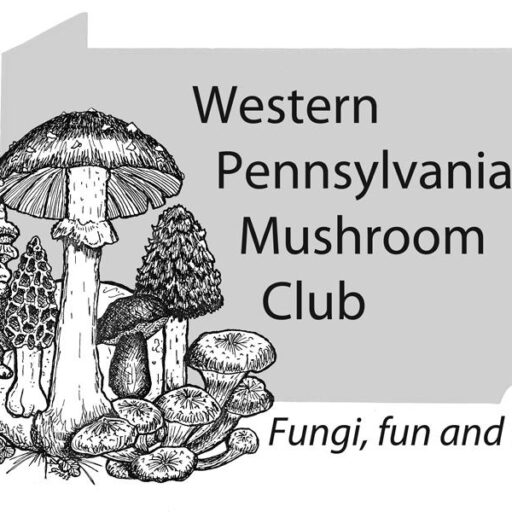
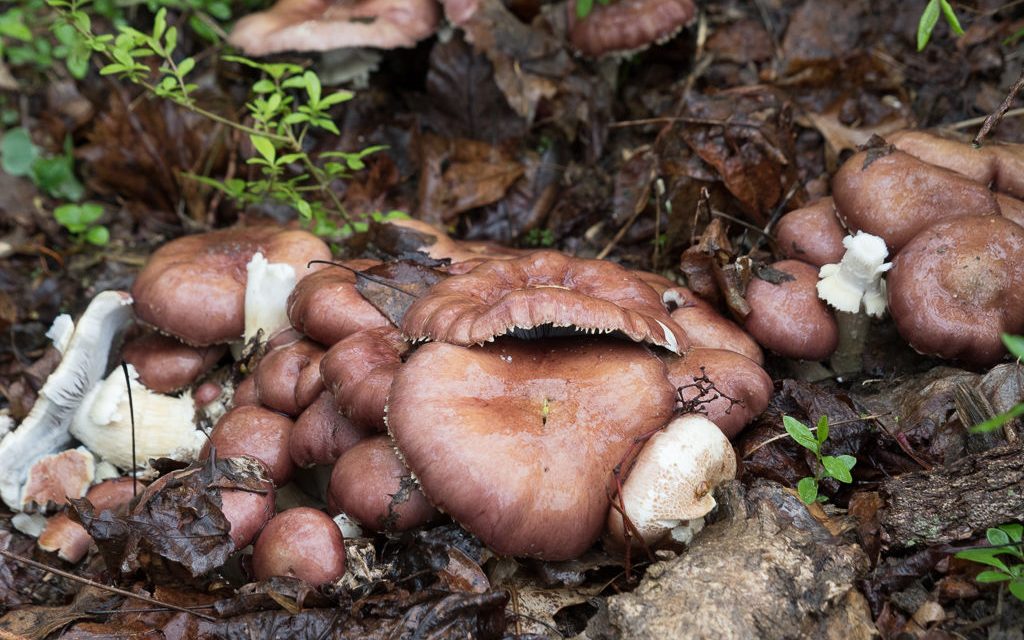



































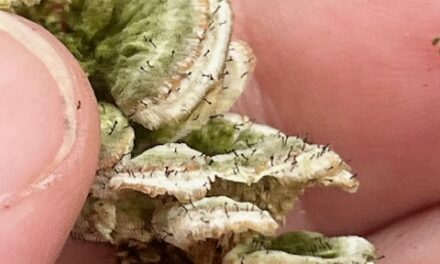
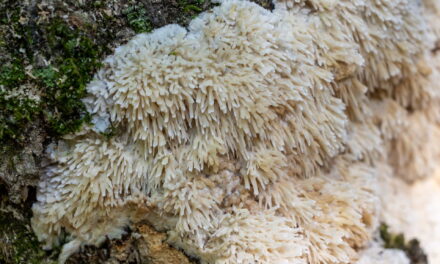
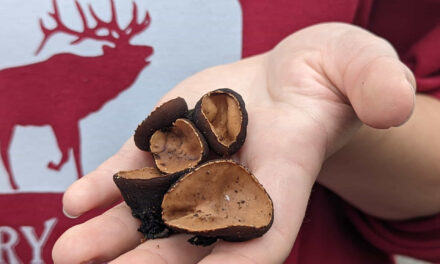


Recent Comments